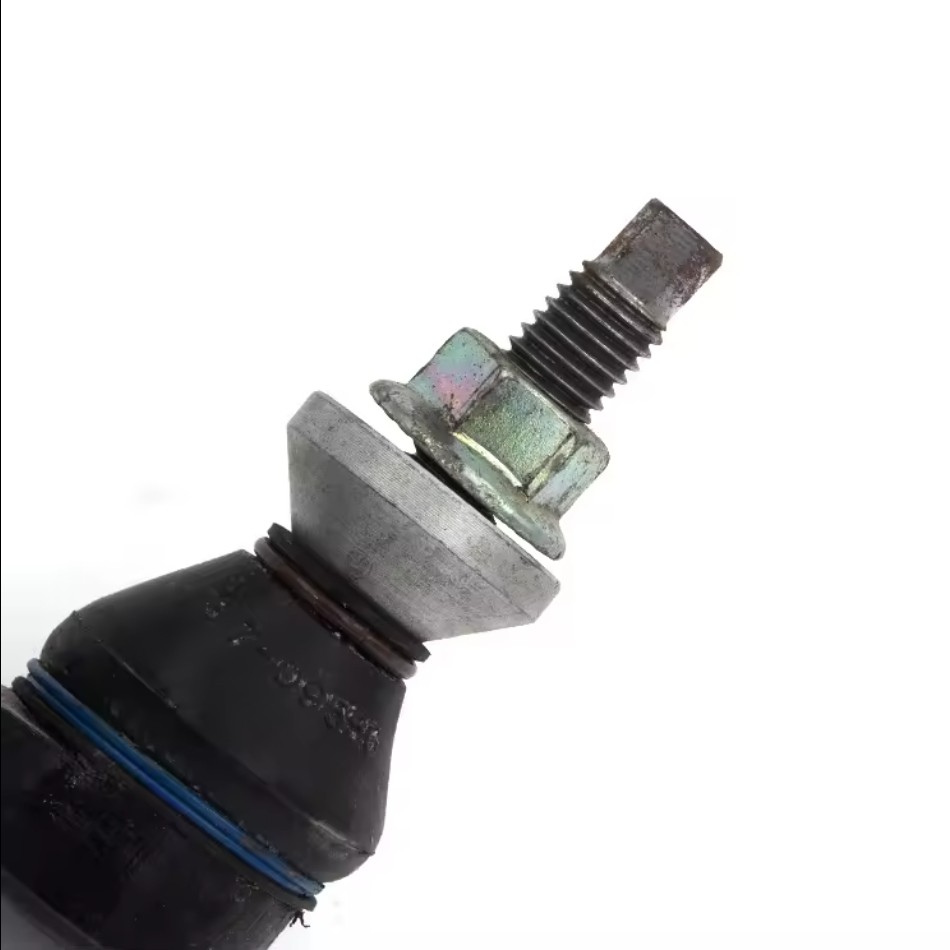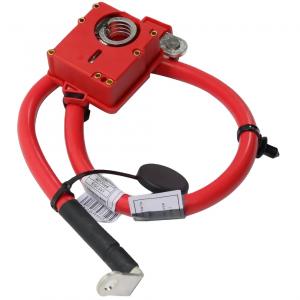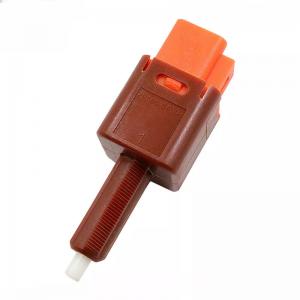Track rod end
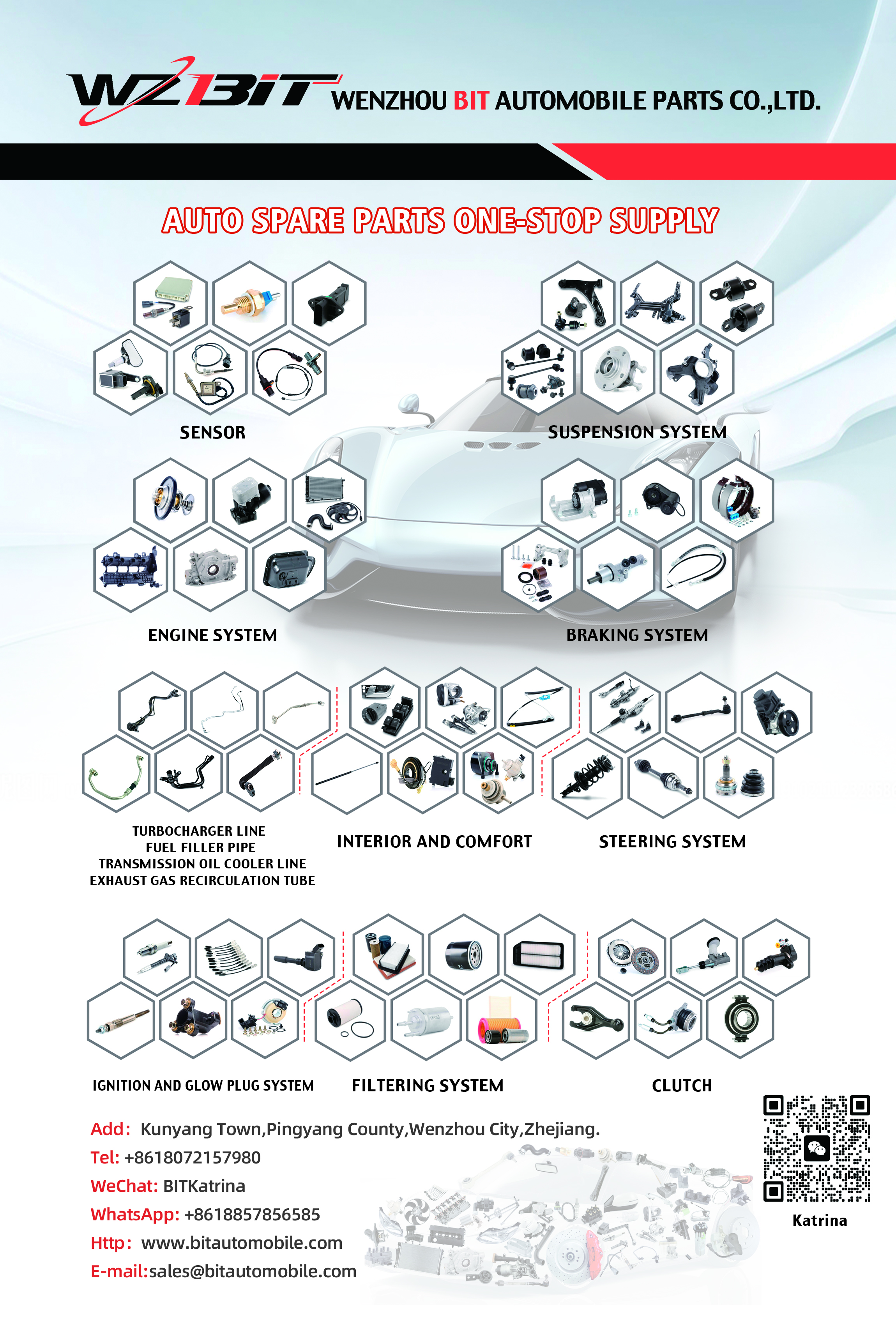
The term "Tie Rod Axle Joint" isn't standard automotive terminology, but it might refer to the tie rod end or ball joint in the context of a vehicle's steering and suspension system.
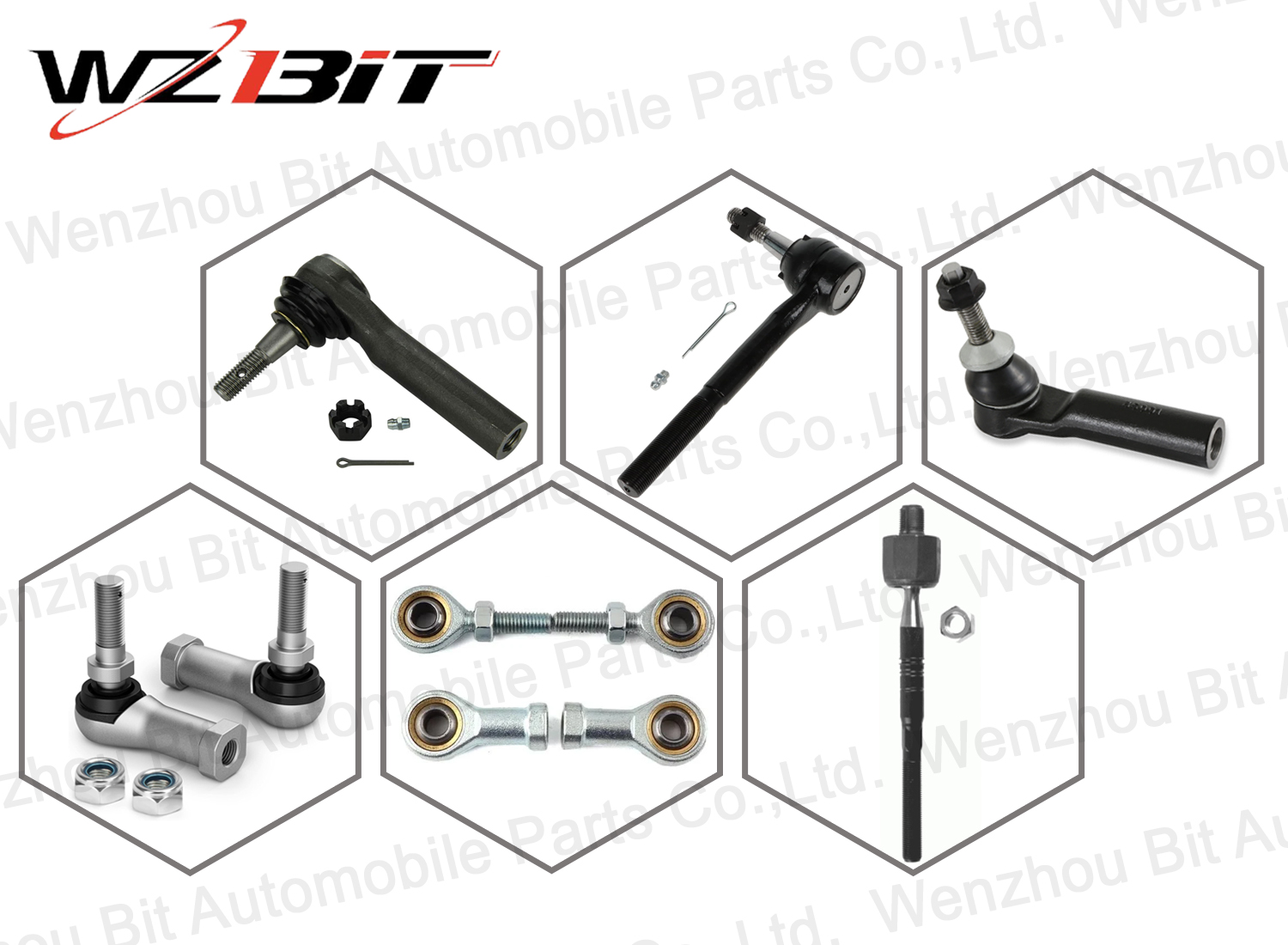
OE Number
| VOLVO | 272416 |
| 8601757 | |
| 9173030 | |
| 9485271 |
Compatible Applications
VOLVO S80 I (TS, 184) (Year of Construction 05.1998 - 02.2008, 140 - 272 PS, Diesel, Petrol)
Tie Rod End
1. Function and Location:
- The tie rod end is part of the steering linkage system. It connects the steering rack or center link to the steering knuckle. This connection allows the tie rod to transmit force from the steering system to the steering knuckle, thus turning the wheels.
2. Structure and Components:
- The tie rod end consists of a threaded shaft, ball stud, and socket. The ball stud fits into a socket, allowing it to pivot as the steering knuckle moves. The threaded shaft connects to the tie rod or center link via a nut and adjusts to set the vehicle's alignment.
3. Importance for Steering:
- Tie rod ends play a crucial role in maintaining steering stability and responsiveness. They must be properly lubricated and maintained to prevent wear and ensure smooth operation.
4. Maintenance and Replacement:
- Over time, tie rod ends can wear out due to continuous movement and exposure to road conditions. Signs of worn tie rod ends include excessive play in the steering, uneven tire wear, and noise when turning. Regular inspections and timely replacement can prevent steering issues and ensure vehicle safety.
Ball Joint (if applicable)
1. Function and Location:
- In some contexts, the term "axle joint" might refer to the ball joint. Ball joints are pivotal joints that connect the control arm to the steering knuckle. They allow for movement in multiple directions and help maintain alignment and suspension travel.
2. Types and Construction:
- Ball joints can be of several types, including press-in and bolt-in designs. They consist of a ball stud enclosed in a socket, with a stud that fits into the control arm and a socket that fits into the steering knuckle.
3. Signs of Wear:
- Like tie rod ends, ball joints can wear out over time due to usage and exposure to road conditions. Symptoms of worn ball joints include clunking noises, steering instability, and uneven tire wear.
4. Maintenance and Replacement:
- Ball joints should be inspected regularly, especially during routine maintenance or when symptoms of wear appear. Replacement involves removing and pressing in new ball joints to ensure proper function and safety.
In summary, tie rod ends and ball joints are critical components of a vehicle's steering and suspension system. They play key roles in steering responsiveness, alignment, and overall safety. Regular maintenance and timely replacement of these components are essential for optimal vehicle performance and safety.
Send your message to us:




